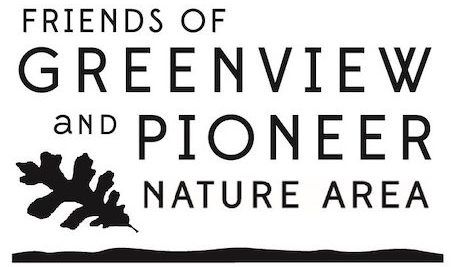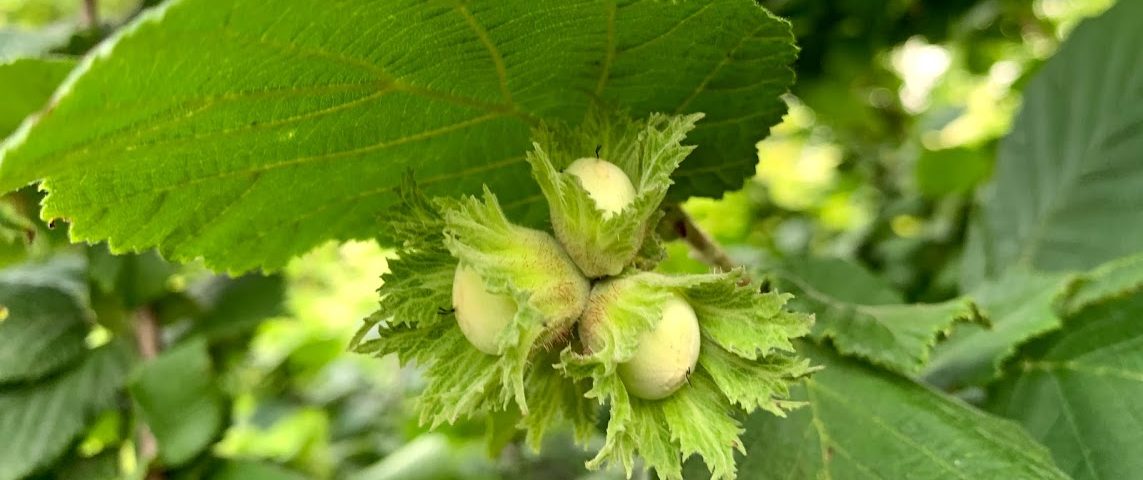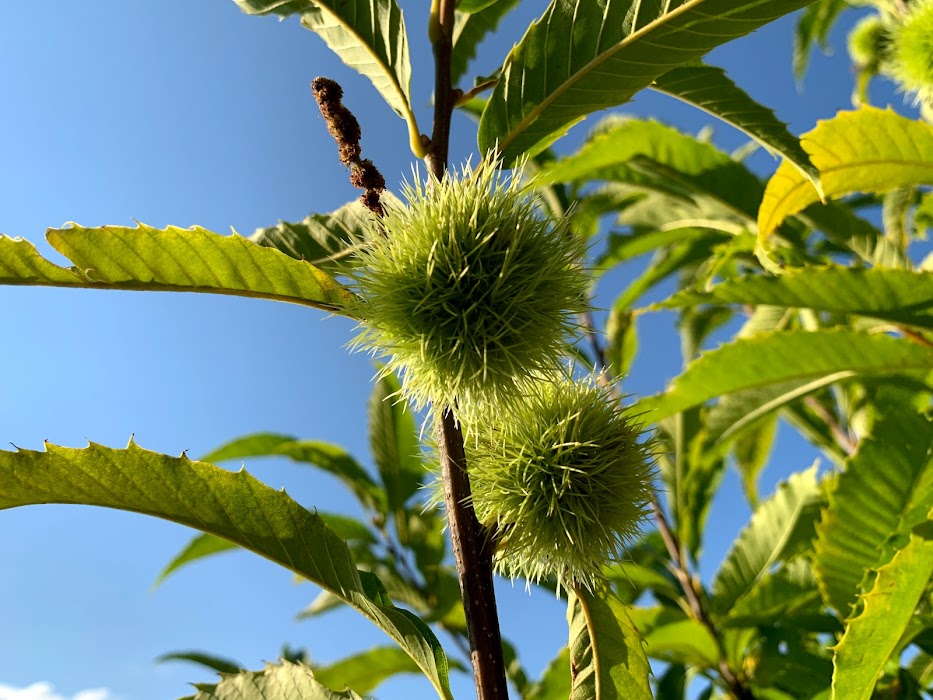The Friends of Greenview and Pioneer Nature Areas have created an edible plant demonstration garden for education and enjoyment. This garden highlights both native and non-native food plants that thrive in our area, offering inspiration for home landscapes.
The initial planting focused on hardy, low-maintenance trees, shrubs, berries, and a variety of herbs that produce flavorful fruits, nuts, and leaves. As we continue expanding the garden, we plan to introduce a mix of native and cultivated varieties selected for improved vigor, fruit size, or other valuable traits in food plants.
Paw Paw Asimina triloba

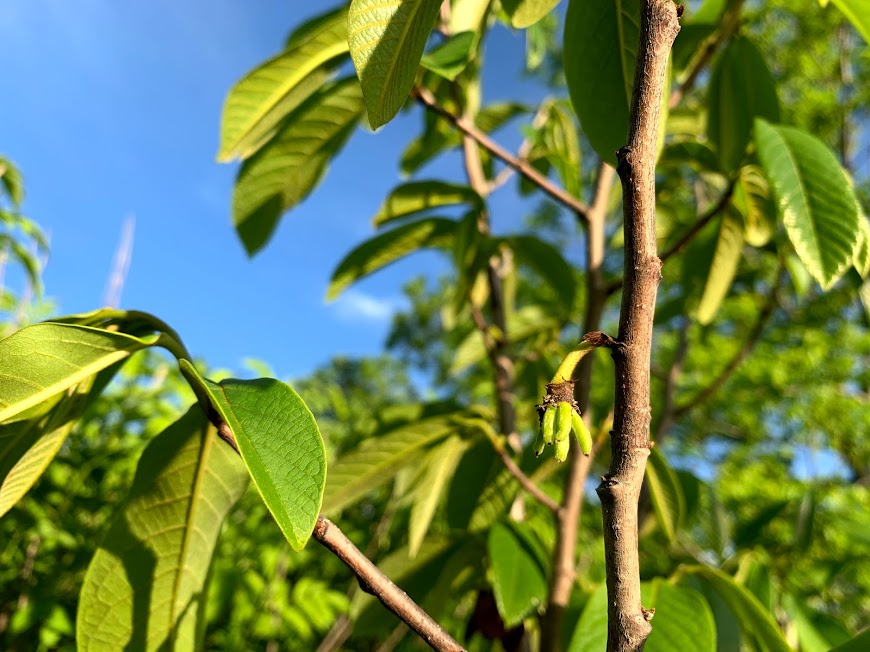
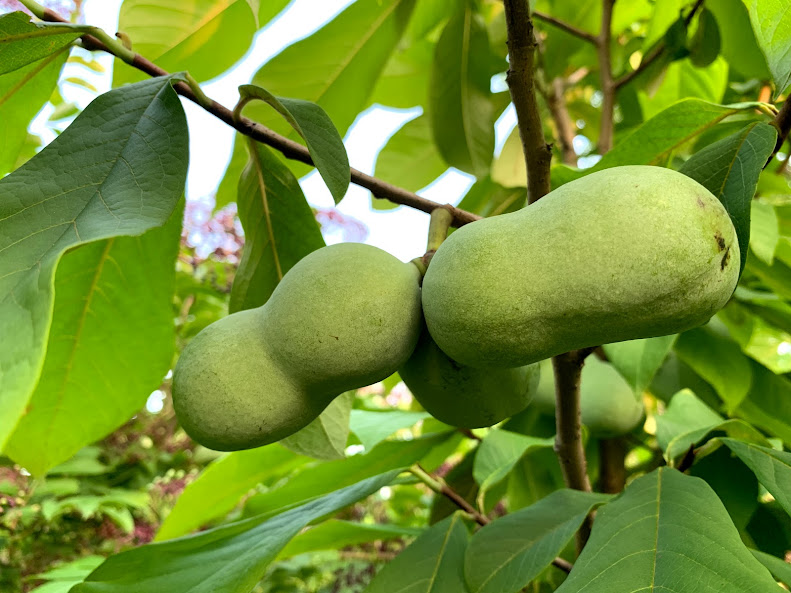
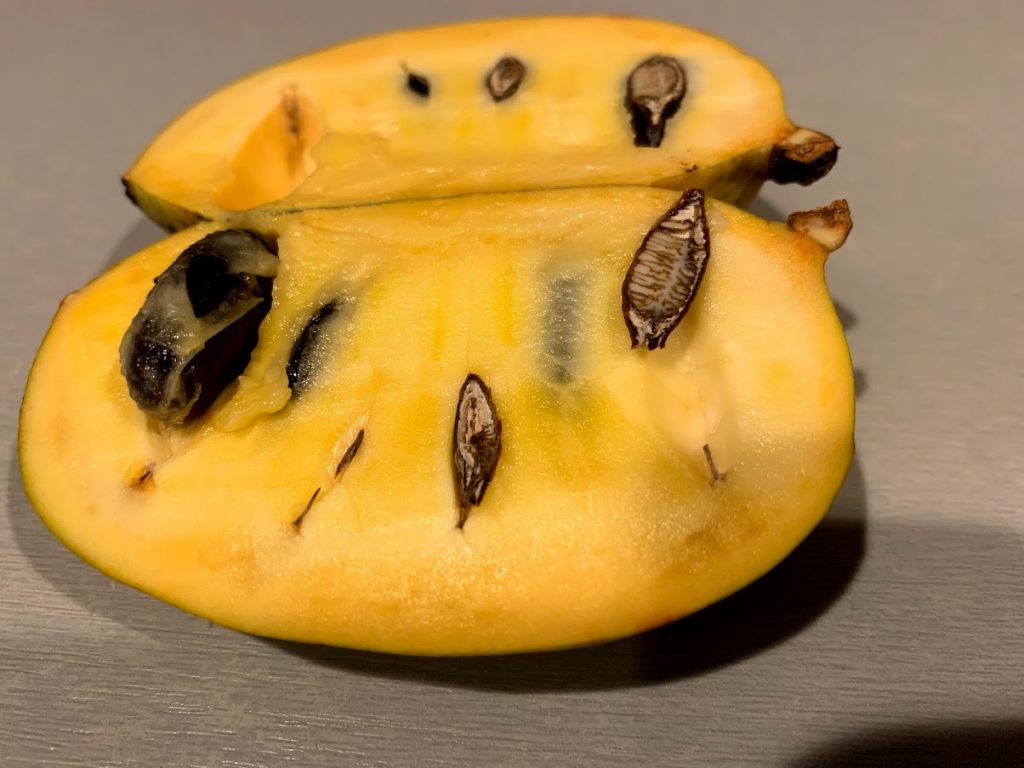
American elder Sambucus canadensis
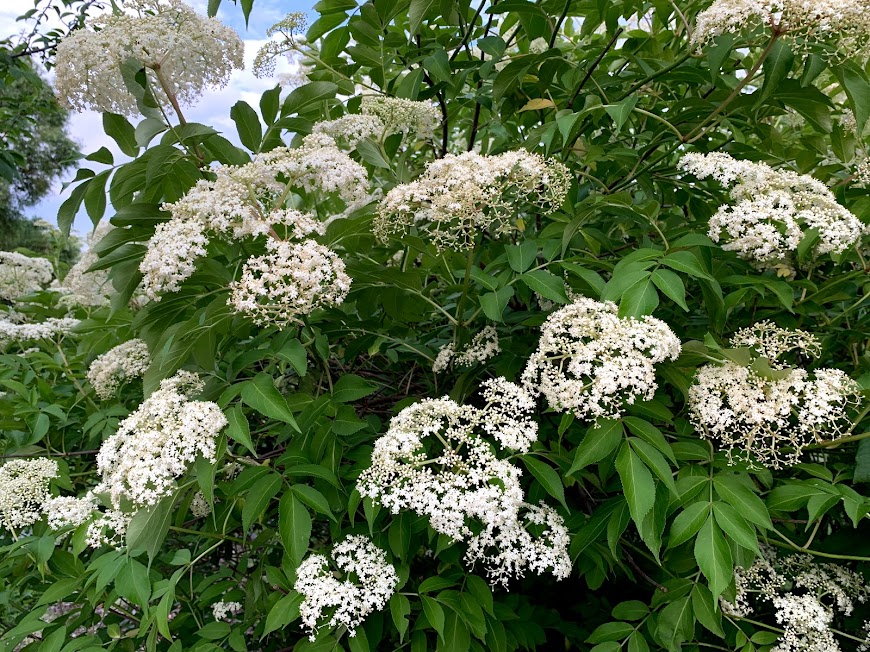

Hazelnut Corylus avellana

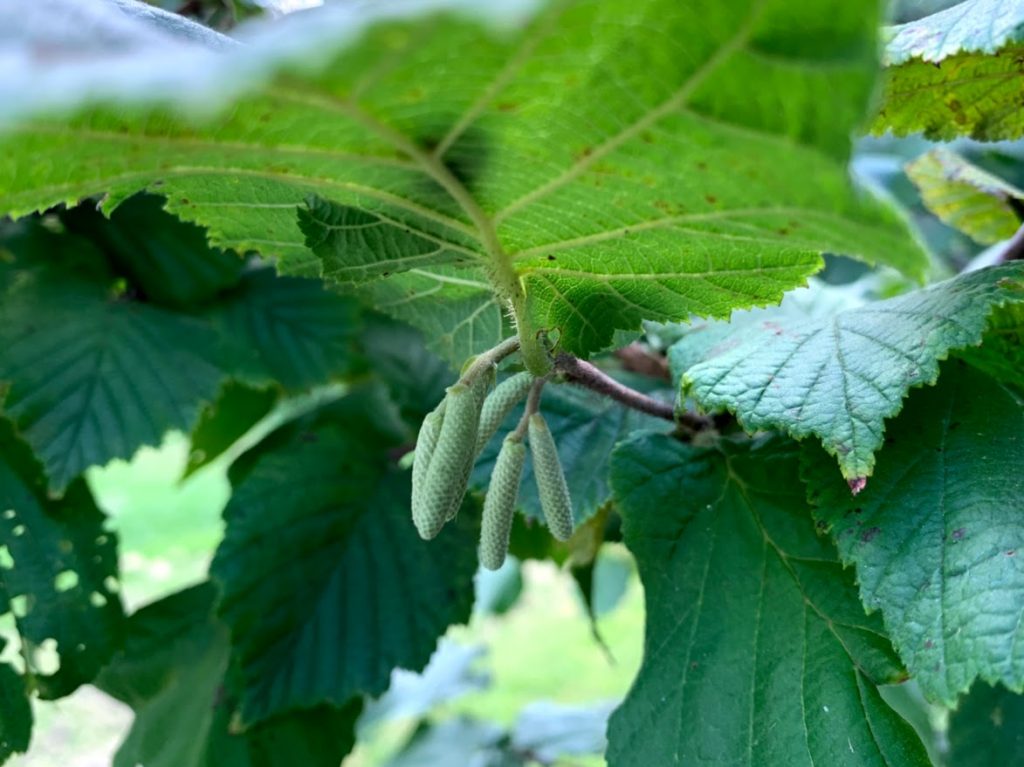

Fruit-bearing plants and herbs
We’ve planted a mix of berry-producing plants, including native Wild Strawberry and Black Raspberry, cultivated Red Raspberry and native Black Chokeberry shrubs (Aronia melanocarpa).
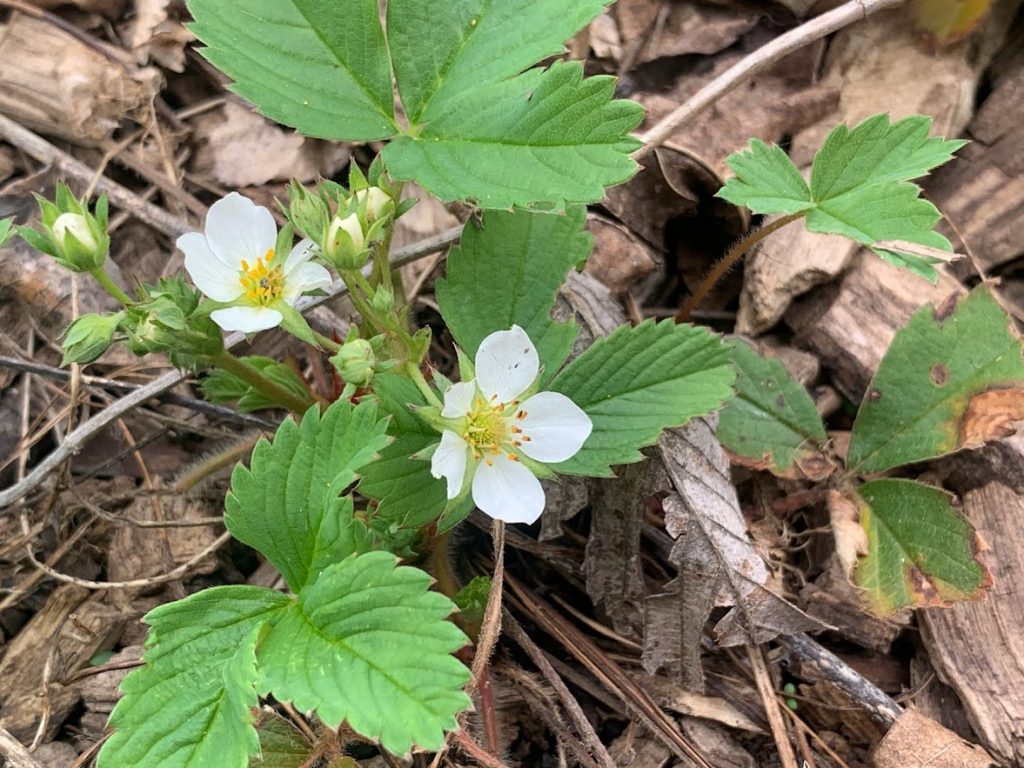

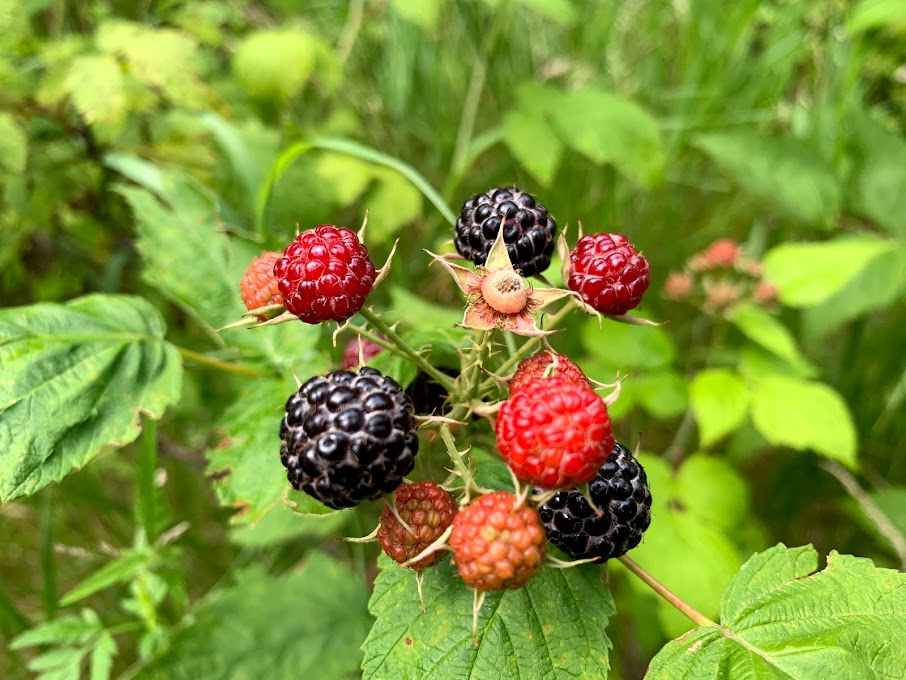


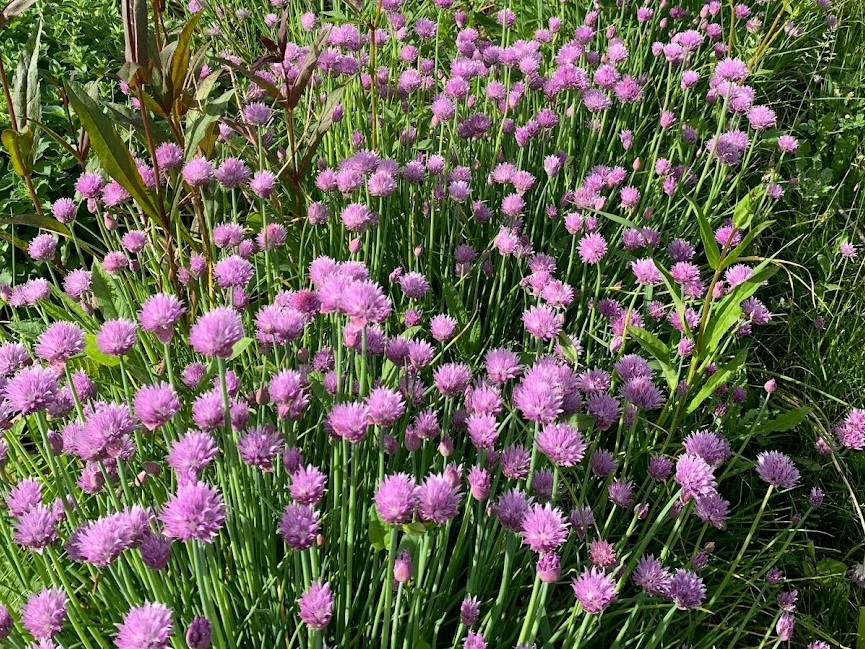
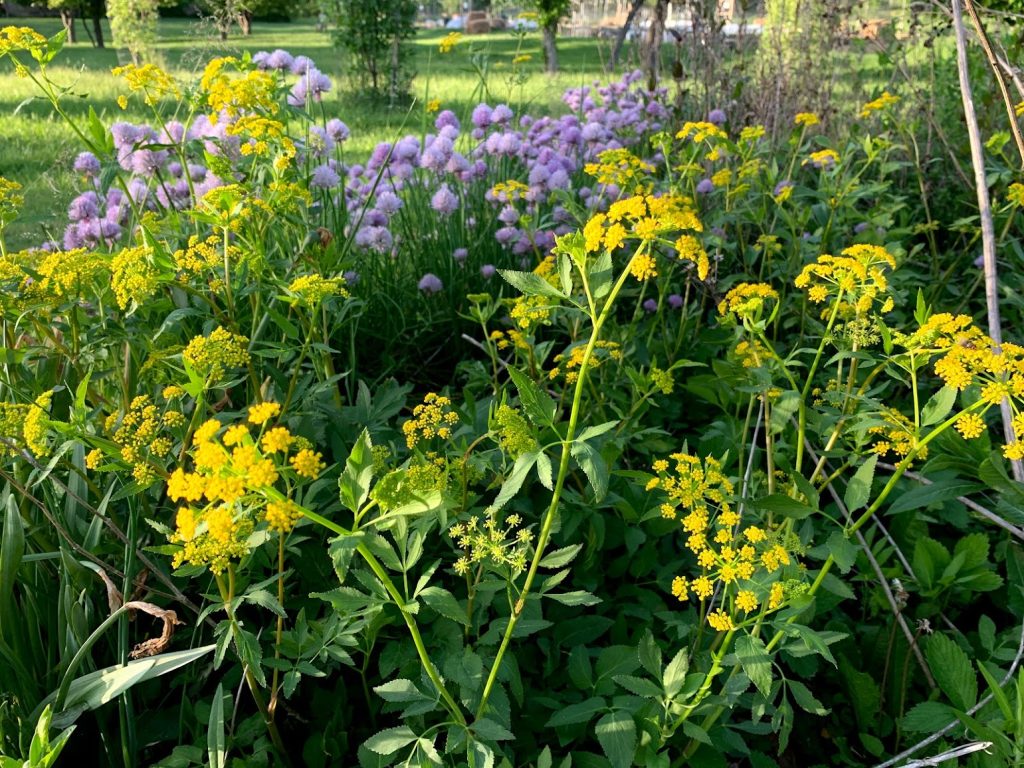
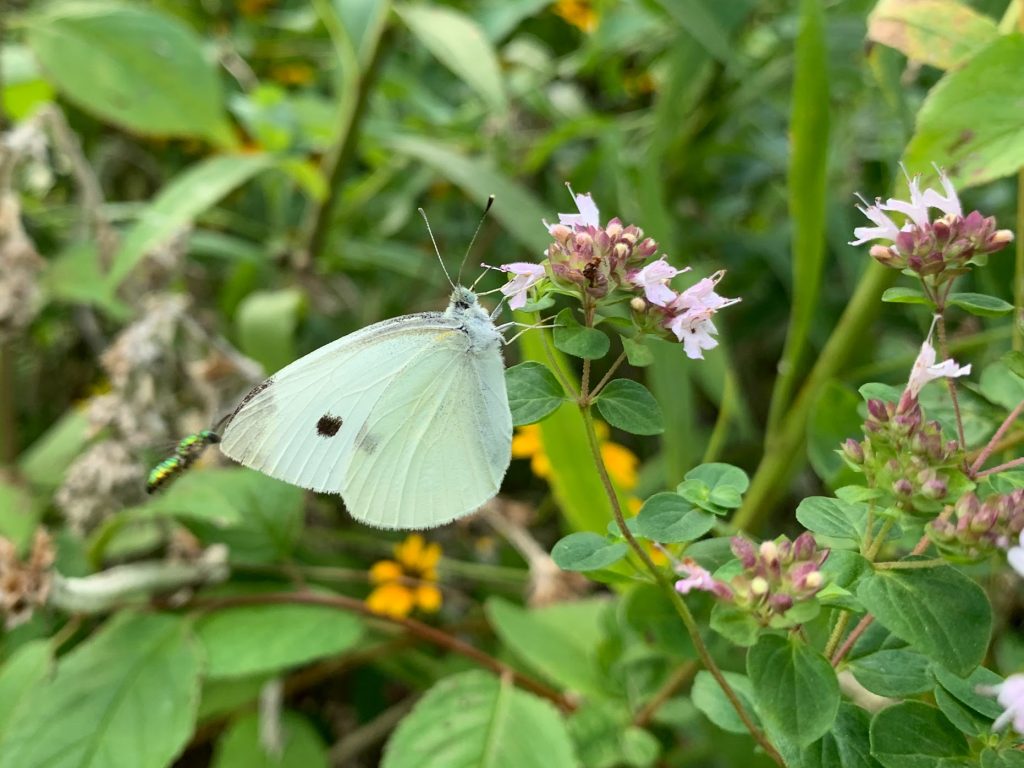
Orchard
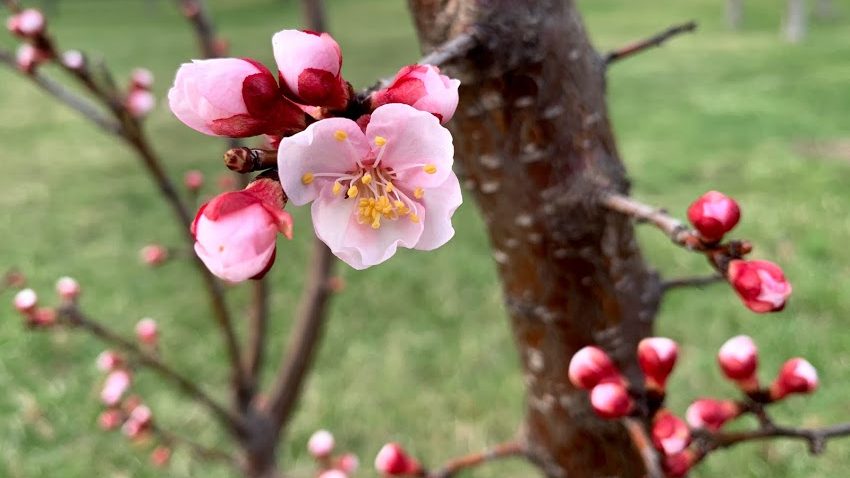
The orchard includes native persimmon trees and several types of fruit trees, including Harogen Apricot, Jerseycot Apricot, and Bartlett Pear.
Apple Trees
The edible garden has been expanded in recent years by the addition of apple trees. One of our board members, Andy Muth, raises apples in northern Michigan and selected the trees. They were purchased as bare root seedlings from Cummins Nursery in Ithaca New York. Cummins was founded by Jim Cummins, a venerated professor in Cornell University’s agriculture school. They raise hundreds of varieties and Andy selected trees for us by considering cold hardiness, disease resistance, longevity, size, fruit taste and uses for the apples. They were planted in 2024 and 2025 and are primarily semi dwarf or semi standard sized trees. These trees bear fruit earlier, are smaller and thus the fruit is easier to reach and pick, and the crab apple varieties are excellent pollinators for the other trees. Most apples require the pollen from another apple tree to set a crop.
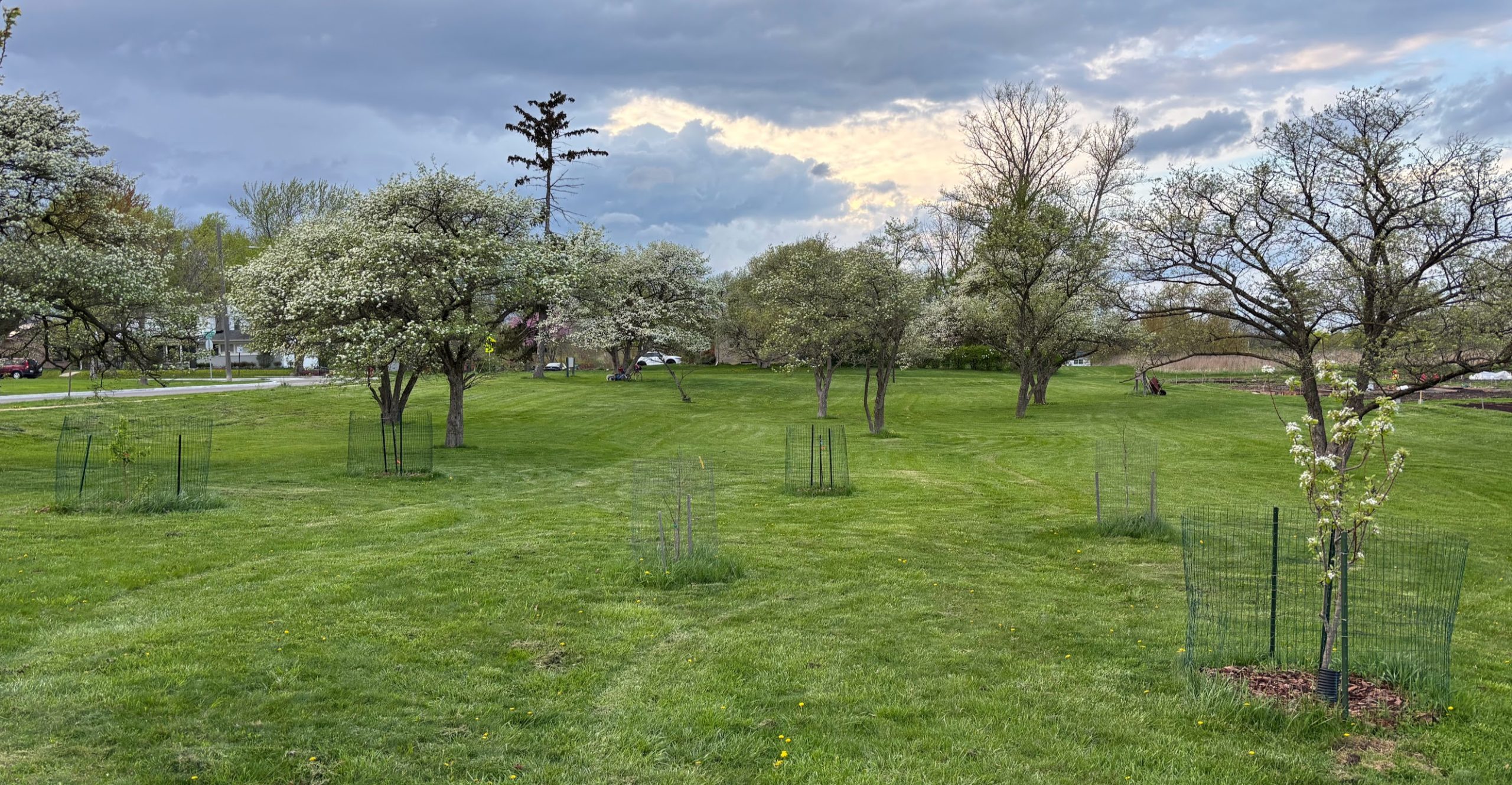
Hands-On Learning
The Edible Garden project was made possible through the efforts of the Friends, Pioneer High School, and other dedicated volunteers. The garden serves as a living classroom, showcasing sustainable, regionally adapted food plants while enhancing the natural beauty of Greenview.
Many classes, from elementary to high school, use the Edible Garden and the surrounding Greenview Park and Pioneer Woods areas for hands-on learning. Students visit these spaces to explore topics like habitats, succession, and biodiversity. Students have also engaged in projects such as soil testing and groundwater/pond comparison studies.
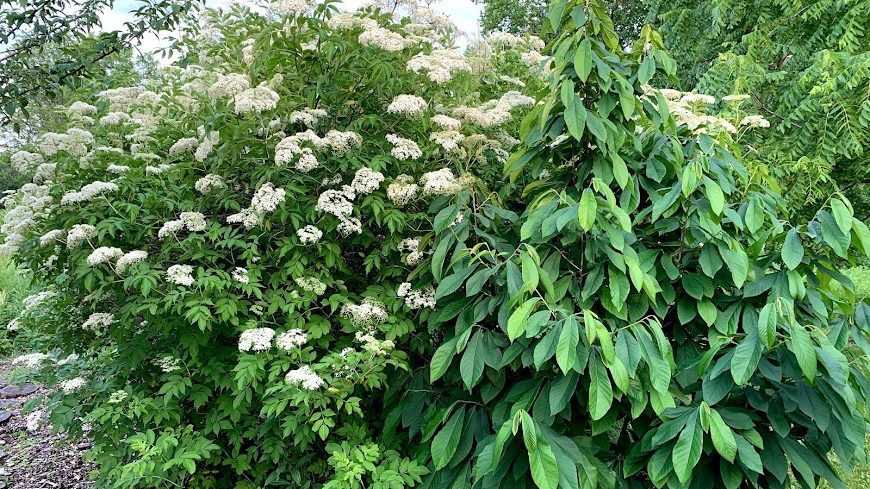
Explore Demonstration Gardens and Native Tree Plantings
The Friends of Greenview created demonstration gardens and a native tree grove to support pollinators, showcase food plants, and highlight native trees like chestnuts and oaks.
